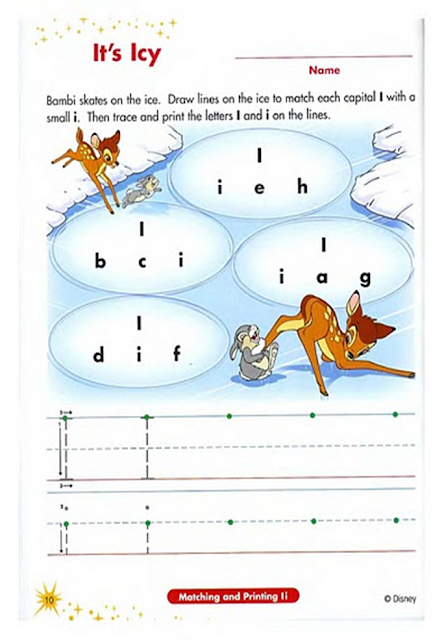Bienvenido, hoy trabajaremos el tema conociendo otras personas es decir sabremos un poco más de los otros, su nombre apellido, teléfono entre otros... Comencemos
1. nombre y apellido.
Para tu nombre diremos la frase:
What is your name?
Tenemos dos maneras de responder
a. My name is Luis Diego
b. I am Luis Diego
para el apellido diremos:
What is your last name? /what is your surname?
En este caso para responder no utilizaremos el verbo to be como hicimos anteriormente
a. My last name is Rivas
b. My surname is Rivas
2. Preguntaremos ahora la edad:
-How old are you? / ¿Qué edad tienes?
- I am twenty five years old? (Notese que respondemos utilizamos el verbo to be.)
3. teléfono
- What is you telephone number? / ¿cual es tú teléfono?
- My telephone number is 0222415621
4. Procedencia:
-Where are you from? / ¿de donde eres?
-I'm from Venezuela. / yo soy de Venezuela
-Where do you live? /¿Donde Vives?
- I live in Caracas
Ahora mostraremos algunos ejemplos
What is his name? / His name is Antonio
What is his last name? / his last name is Bandera
How old is he? / he is fifty five years old
What is his telephone number? / His telphone number is 046928561456
Where is from? / he is from Spain
Where does he live? / He lives in Madrid
What is her name? Her name is Ariana
What is her surname? / Her surname is Grande
How old is she? / She is twenty three years old
What is her telephone number? / Her telephone number is 78214265486
Where is she from? / She is from United States
Where does she live? / She lives in New York
















